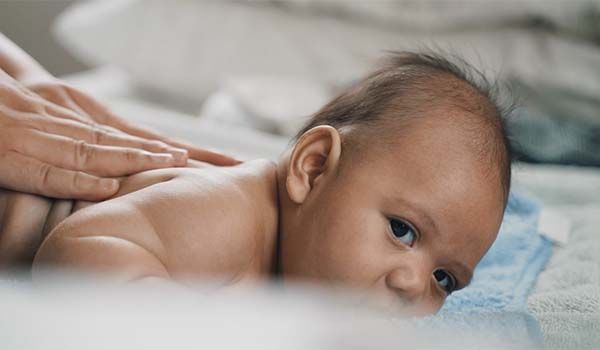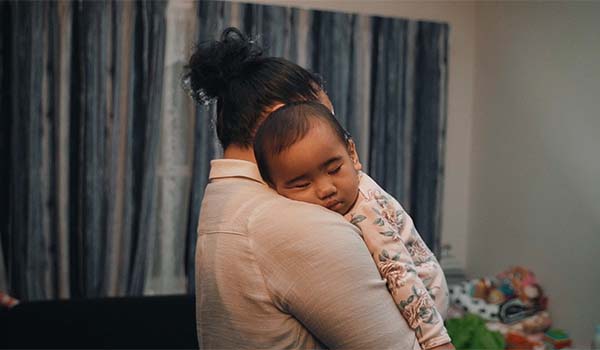Manaaki Tamariki: Kia au tō moe promotes the importance of sleep for young pēpē and tamariki aged 0 to 2-years-old, by offering tips on safe and healthy sleep.
The development of good sleep patterns begins in childhood and can lay the foundation for good sleep through later childhood and into adulthood.
Manaaki Tamariki: Kia au tō moe brings together ideas, strategies, tools and resources for safe and healthy sleep for pēpē and whānau. The information provided will support a variety of different parenting styles and approaches to sleep.
Our sleep toolkit, which will be available soon, focuses on safe and healthy sleep for young pēpē and tamariki aged 0 to 2-years-old, including environmental influences on sleep.
As part of this toolkit, a video is available for parents and caregivers that provides top tips from other whānau. A sleep lullaby is also available that can be used to calm pēpē, māmā and whoever puts baby to sleep. We encourage these videos to be shared amongst whānau and within communities.
Adopting safe sleep practices reduces the risk of sudden unexpected death of an infant (SUDI). More information on safe sleep can be found on the Ministry of Health website and information about the National SUDI prevention programme can be found on the Hāpai Te Hauora website. The Ministry of Health also provides tips on healthy sleep.
Te Hiringa Hauora is grateful to the people and organisations who peer reviewed the toolkit to strengthen its development; Dr Bronwyn Sweeney (clinical psychologist, Tend Psychology), Dr Dee Muller (Sleep/Wake Research Centre, Massey University), Professor Rachael Taylor (project lead for Moemoeā, University of Otago), Ministry of Health, Hāpai Te Hauora, and Whānau Āwhina Plunket.


